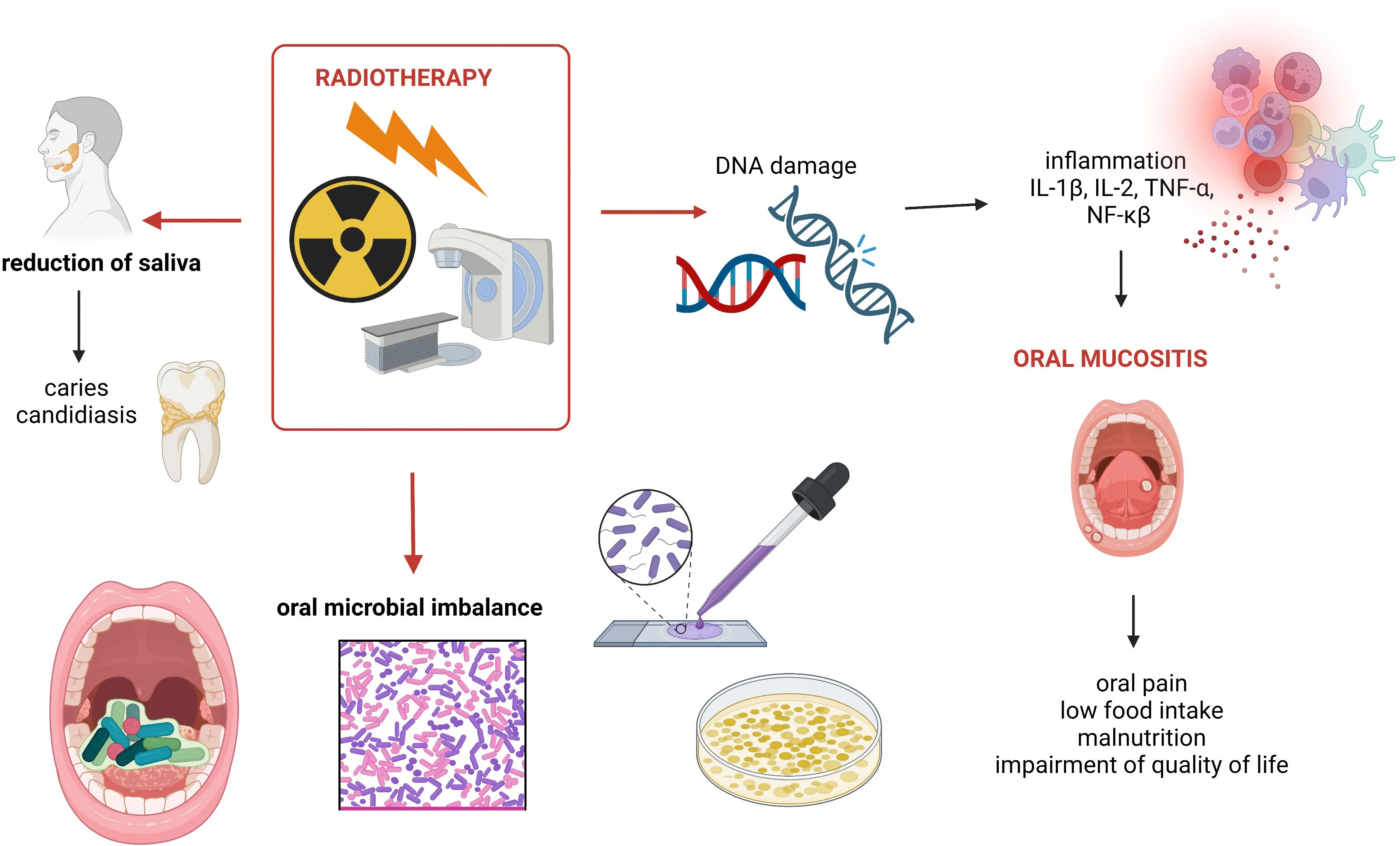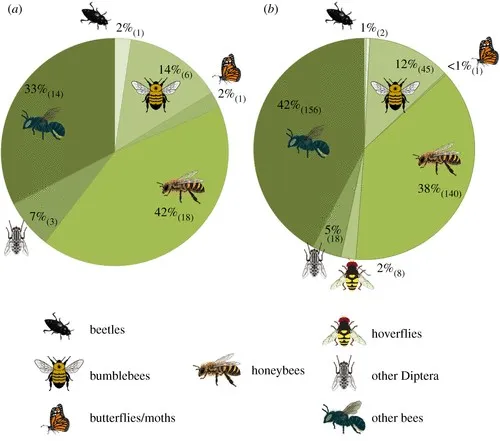Trends
Oxidative Stress and Red Blood Cell Morphological Alterations A “Systematic Narrative Review”
Early Detection of Protozoal Infections using Immunohistochemistry and PCR-Based Techniques.
Using Discriminant Analysis to Indicate the Most Important Effective Factors of Getting Neonatal Jaundice "A Study at Benghazi Children’s Hospital"
Background: During
their 120-day lifespan, red blood cells (RBCs) are constantly subjected to
oxidative stress, which can cause morphologic changes that could compromise
their viability and function. For clinical applications, it's also critical to
take into account the relationship between oxidative markers and RBC shape
transformation.
The goal is
to evaluate the relationship between oxidative stress, RBC morphological
changes based on microscopic examination, and clinical aspects by conducting a
systematic review and meta-analysis.
Methods: Up
until September 2025, a thorough search for keywords related to oxidative
stress, red blood cells, and morphology was conducted using PubMed, Scopus, and
Web of Science. Studies that used microscopy to evaluate oxidative stress
markers and RBC morphological changes were included. A narrative theme
synthesis was carried out because of the variations in study designs and
outcome measures.
Findings Forty
studies that included a variety of experimental paradigms (in vitro, ex vivo,
and clinical) and species (human and animations) satisfied the inclusion
criteria. Five main themes surfaced: (1) changes in cell morphology
(echinocytes, acanthocytes, and spherocytes) caused by oxidants; (2) changes in
the lipid composition of membranes associated with changes in cell shape; (3)
modifications to protein oxidation and cytoskeletal stability; (4) hemolysis as
a consequence of severe oxidative damage; and (5) counterbalancing antioxidant
protective mechanisms. These studies show a strong qualitative agreement, with
consistent observations of elevated MDA/TBARS, decreased GSH, and mitochondrial
morphological changes.
Conclusions:
These findings demonstrate that the typical shape changes of RBCs are
consistently provoked by oxidative stress, regardless of experimental
conditions. However, there is a need for morphological assessment methods and
oxidative biomarkers to be standardised to allow strong quantitative synthesis
in subsequent reviews.

Fahad Ibrahim Saleh
Clinical PathologyDepartment Applied Sciences Clinical Pathology (Medical Laboratory Diagnostics) fahad.is@ntu.edu.iq








